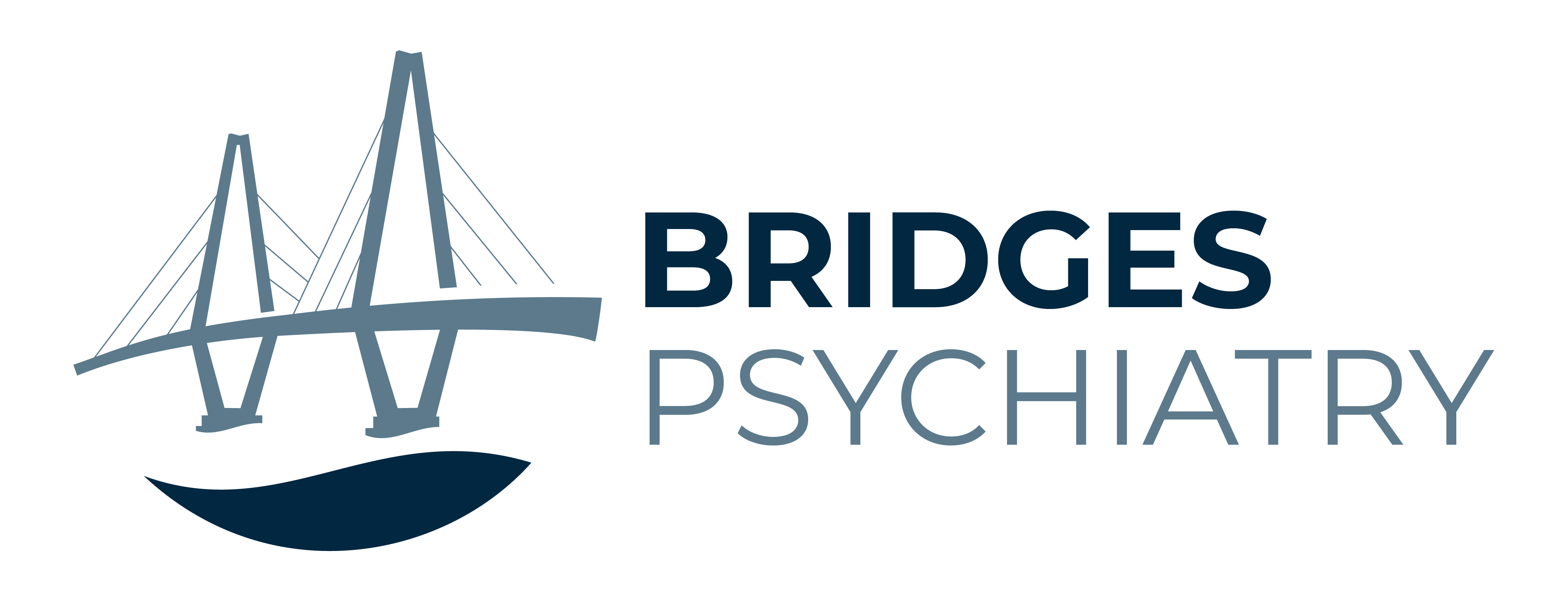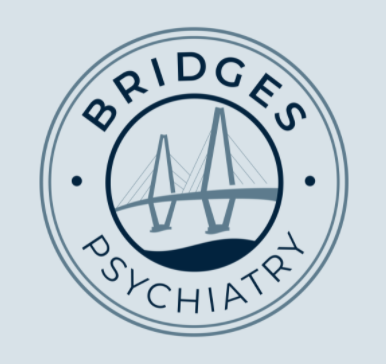To Purchase Norvasc Over The Counter Visit Our Pharmacy ↓
Monitoring and Managing Blood Pressure Levels
This underscores the importance of recognizing Norvasc’s utility beyond its conventional use for managing blood pressure, highlighting its role in addressing the complex needs of patients with peripheral arterial disease. The drug’s development was propelled by a growing understanding of calcium channel blockers' potential benefits in vascular health. Moreover, the ongoing development of novel therapeutic agents that offer improved outcomes or fewer side effects poses a significant challenge to maintaining Norvasc’s stance in the medical community. Furthermore, the protective effects of Norvasc on kidney function could potentially slow the progression of kidney disease in individuals with hypertension and diabetic nephropathy. Navigating the landscape of blood pressure medications can be daunting, but understanding the nuances between different types can empower you to make an informed decision. The trials examined Norvasc's impact on blood pressure control, heart rate regulation, and other cardiovascular markers, ultimately confirming its ability to improve overall cardiovascular health. The choice between Norvasc and ACE inhibitors ultimately depends on the individual's underlying health conditions, potential side effects, and the primary goal of the hypertension treatment plan.
Assessing Norvasc's Safety Profile for Elderly Patients
Research suggests that by relaxing blood vessels and improving blood flow, Norvasc may help in reducing the triggering of migraines, offering a preventive option for those who suffer frequently from these debilitating headaches. It's crucial to sync with your healthcare provider, ensuring your regimen dovetails seamlessly with your Norvasc treatment. Its active ingredient is amlodipine, a calcium channel blocker that helps to relax and widen blood vessels, making it easier for the heart to pump blood. Moreover, the unique properties of Norvasc make it an advantageous option for managing angina, a condition characterized by chest pain resulting from reduced blood flow to the heart. To minimize these adverse effects, healthcare professionals recommend starting with the lowest possible dose and gradually increasing it as necessary. However, its gentle effect on the heart rate distinguishes Norvasc from beta blockers, which can significantly reduce heart rate and exacerbate symptoms of heart failure in some patients. The role of Norvasc in reducing cardiovascular risks is pivotal.
Incorporating Gentle Exercise into Daily Routine
When taking Norvasc to manage hypertension, it is important to be aware of some common side effects. Norvasc (amlodipine) and other blood pressure drugs each have their unique benefits and potential side effects. One effective way to minimize Norvasc side effects is to take the medication at the same time each day, ideally with food to lessen any potential stomach discomfort. By prioritizing fruits, vegetables, whole grains, and lean proteins, you're effectively reducing the workload on your heart, allowing Norvasc to work its magic even more efficiently. The use of Norvasc, with its blood vessel-relaxing capabilities, has been beneficial in managing this condition. The medication's Comp has also shown promising results in reducing the risk of cardiovascular events, such as heart attacks and strokes, in patients with hypertension. Managing blood pressure is crucial for seniors, as it's tantamount to safeguarding their heart and vascular health.
Role of Proper Hydration in Minimizing Side Effects
Although not traditionally used as a first-line treatment for migraines, Norvasc's side effect profile is often more tolerable than specific migraine medications, making it a potential alternative for individuals seeking relief from multiple symptoms. When comparing Norvasc to other blood pressure medications, several factors come into play. With advancements in Generics and the introduction of novel Stat solutions, the role of Norvasc is poised to expand beyond its current applications. Beyond its primary purpose, research and clinical trials have begun to uncover its capability in addressing conditions that are not directly related to heart health, such as migraine prevention and the easing of symptoms in Raynaud's phenomenon. Additionally, staying hydrated can support overall cardiovascular health, complementing the effects of the medication. Moreover, the enhanced blood supply may also contribute to improved cognitive and physical outcomes for stroke survivors, underscoring the medication's value beyond its primary application in blood pressure control. By dilating blood vessels, it allows for easier blood flow, which reduces the burden on the heart.
Exploring Norvasc’s Benefits for Chronic Stable Angina Patients
This personalized approach could lead to a renewed interest in Norvasc, solidifying its relevance in modern therapeutic strategies against cardiovascular diseases. As a result, individuals are better protected against the risks of severe complications like stroke, heart attack, and kidney damage. This effect can be particularly beneficial in preventing the frequency, severity, and duration of migraine attacks, leading to an improved quality of life for those affected. As research continues to unveil its potential benefits and reaffirm its efficacy, Norvasc remains an indispensable asset in modern medicine, poised to continue its legacy in ameliorating cardiovascular ailments. Moreover, Norvasc's effectiveness in lowering blood pressure without significant alterations in heart rate positions it as an advantageous option for a broad demographic of hypertension patients, laying down a transformative path in the management of hypertension. Norvasc, with its proven efficacy and wide range of therapeutic benefits, continues to garner attention in the medical field. In some cases, individuals may also report flushing, nausea, and abdominal pain.
Unraveling the Mystery: Common Side Effects Explained
By dilating blood vessels, Norvasc helps to improve blood flow to the extremities, thus alleviating the symptoms associated with Raynaud's phenomenon such as pain, numbness, and color changes in the fingers and toes. Norvasc, generically known as Amlodipine, plays a pivotal role in the realm of heart health, helping manage hypertension and angina. It's crucial to follow your healthcare provider's instructions precisely to achieve the best results. Additionally, by reducing the workload on the heart, Norvasc helps improve cardiac function and can be beneficial in conditions like coronary artery disease or hypertension. As ongoing research continues to explore its full potential, Norvasc remains a valuable tool in the treatment of various cardiovascular conditions. This condition, where the heart unexpectedly races or beats irregularly, can be unsettling, yet it's a signal from your body not to be ignored. Utilizing a home blood pressure monitor can be immensely beneficial, enabling you to keep track of any fluctuations.
Norvasc and Alcohol: Understanding the Risks
While traditional treatments focus on rhythm or rate control and anticoagulation to reduce stroke risk, emerging evidence suggests that Norvasc might offer additional benefits. Norvasc, also known by its generic name amlodipine, is a calcium channel blocker primarily used to treat high blood pressure and angina. However, when the force of this blood flow remains persistently high, it is known as hypertension, or high blood pressure. Lastly, always consult with your healthcare provider before making any significant changes to your routine. Diving into the gastrointestinal side effects associated with Norvasc, it quickly becomes apparent that while this medication is a life-saver for many, its relationship with the stomach can sometimes be tumultuous. Staying hydrated isn't just about quenching thirst; it's a critical component of the treatment protocol, enhancing Norvasc's efficacy and supporting overall well-being. For those new to Norvasc, physicians generally recommend starting with a lower dose, slowly increasing it if needed.
Understanding High Blood Pressure and Its Risks
To minimize the risk of side effects while taking Norvasc, it is essential to follow your doctor's instructions carefully. When it comes to patient experiences with Norvasc and diuretics, the narratives often diverge quite distinctly. Understanding its role opens doors to enhanced treatment strategies, closely intertwining lifestyle adjustments with medicinal intervention for optimized outcomes. Norvasc, commonly known for its role in managing blood pressure, also extends its benefits to kidney function, illuminating its multifaceted utility in the medical field. Researchers and clinicians collaboratively unpacked the complexities of cardiovascular diseases, seeking solutions that could offer higher efficacy and lower side effects. As a result, patients often find that Norvasc provides a reliable means of controlling their blood pressure with fewer concerns about adverse effects, making it a cornerstone in the management of chronic hypertension. Including yoga or tai chi in your routine can also act as a ‘cocktail’ of sorts, combining physical activity with mental tranquility, further supporting cardiovascular health.
The Future of Cardiovascular Treatment: Norvasc and Beyond
Extensive research indicates that this drug, also known by its generic name amlodipine, plays a crucial role in cardiovascular health. Furthermore, the rising scrutiny from healthcare systems and insurers over drug costs and efficacy necessitates continuous innovation and evidence to support Norvasc’s cost-effectiveness and therapeutic value. Its introduction into the market represented a significant leap forward, offering a promising alternative for patients who struggle to keep their hypertension in check through conventional means. Calcium is an essential mineral for muscle contraction, and by inhibiting its entry into the cells, Norvasc effectively dilates the blood vessels, leading to decreased blood pressure. Among them, the trinity of "headaches, swelling, and flushing" frequently emerges, laying down a path tread by countless. While many users are familiar with the primary function of Norvasc in treating high blood pressure and angina, questions about its long-term usage and side effects often arise. Its wide therapeutic index and once-daily dosing convenience enhance compliance and minimize the psychological burden often associated with complex medication regimens.
Understanding How Norvasc Affects the Body
This not only enhances the quality of life for these patients but also decreases the likelihood of progression to end-stage renal disease, which requires dialysis or kidney transplantation. Clinical studies have indicated that Norvasc may play a protective role in preserving kidney function in diabetic individuals. One major point is avoiding grapefruit or grapefruit juice, as it can interfere with how Norvasc is metabolized, potentially leading to adverse effects. It's akin to a Pharm Land adventure, where each patient's treatment plan is a unique landscape necessitating individualized maps. Additionally, getting an adequate amount of quality sleep each night can help regulate blood pressure and reduce the likelihood of experiencing adverse effects. Maintaining optimal hydration plays a pivotal role for individuals on Norvasc, a commonly prescribed script for controlling high blood pressure and preventing heart conditions. Norvasc, a commonly prescribed medication for managing high blood pressure and chest pain, can bring along some side effects that users should be aware of.

